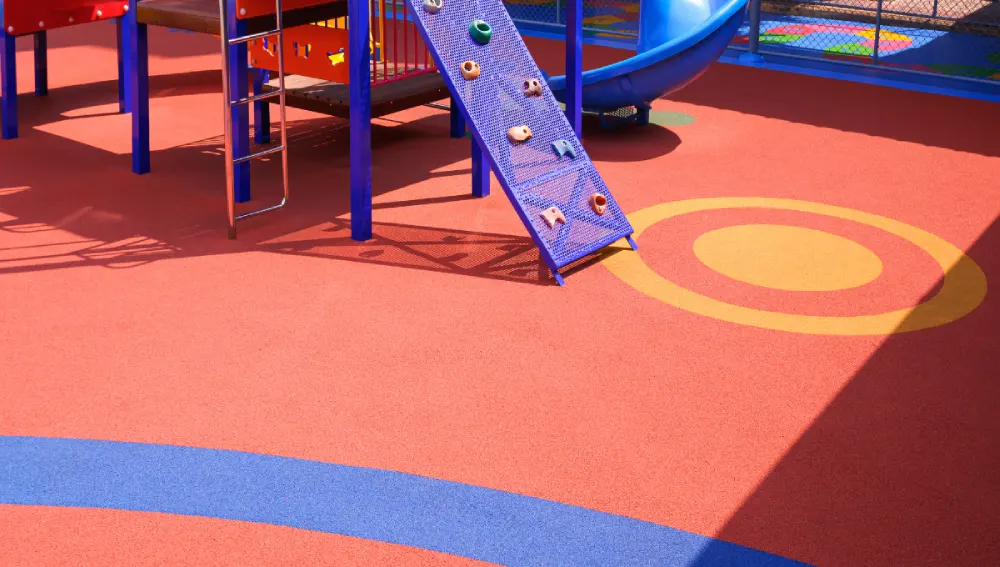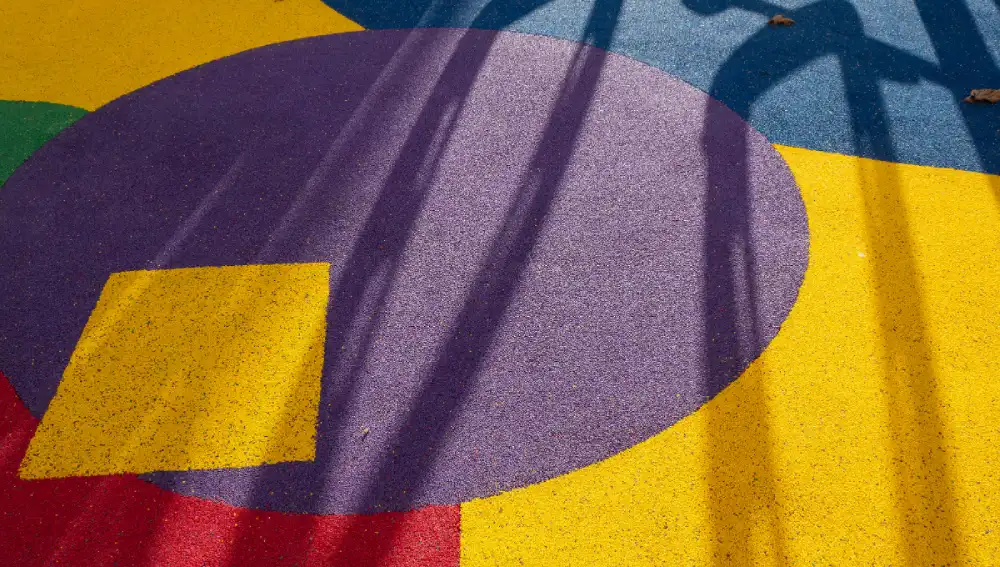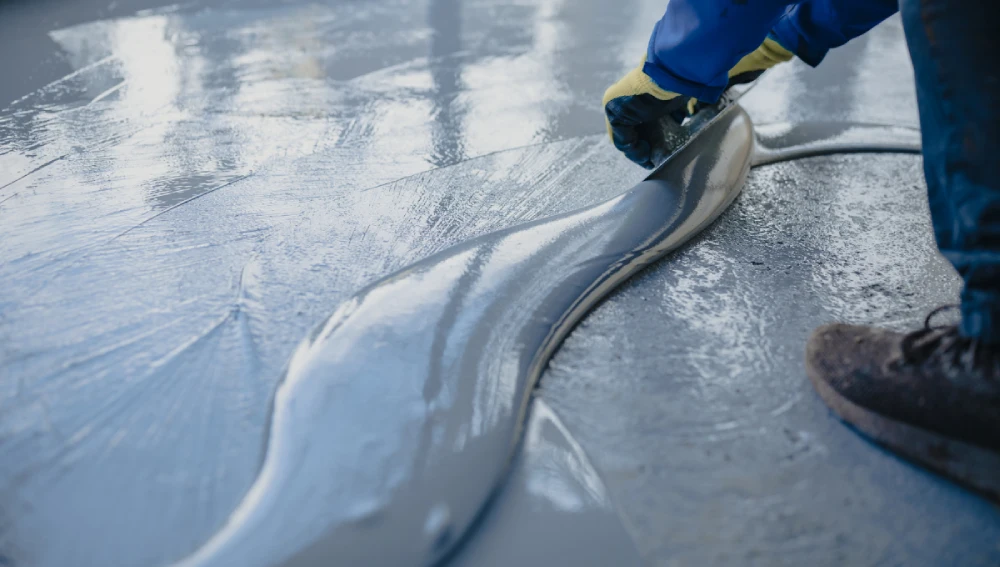Colored cement is one kind of cement that is added with pigments during the manufacturing process to obtain the desired color. It is particularly used for decorative purposes like finishing the floors and making external surfaces, etc.
They are manufactured with the addition of 5 to 10 percent of pigments to give special colors to the concrete mixture, which is in either white or ordinary gray Portland cement. You can mold it to the required shapes you want.
It is available in numerous textures, colors, and based on your budget you can avail the suitable one. This is extremely durable and lasts for many years without causing damage.
What is Colored Cement?
Colored cement is a type of cement made to décor the space in different colors. It is obtained through mineral oxide pigments for structural strength and aesthetic purposes. Colored cement offers creative and customized design solutions used in various construction projects, ideal for both residential and commercial projects.

What are the Different Types of Colored Cement?
Here’s a breakdown of different types of colored cement that you can apply in various construction projects:
1. Iron Oxide Pigments
It is extracted from iron oxide compounds widely used for coloring cement and concrete. They are available in an extensive range of color with enhanced stability and durability. This pigment contains shades like catchy red, yellow and black colors, highly resistant to weathering and fading.
2. Natural Iron Oxide Pigments
One of the popular choices of colored cement has been used for more than thousands of years. It is sourced from natural mineral deposits that hardly withstand any climatic conditions even in heavy rain and harsh sunlight. They provide rich colors like brown, yellow and red perfectly suitable for natural and rustic designs. Though it is difficult to apply, producing a natural and interesting look to a project.
3. Chromium Oxide Pigments
It is a synthetic pigment observed from chromium compounds suitable to color tiles, plastics, concrete and other materials. It predominantly produces intense and vibrant green shades ranging from light to dark green.
4. Cobalt Oxide Pigments
Cobalt oxide pigments are retrieved from cobalt compounds known for producing vivid blue shades, from light to deep. It offers excellent resistance to discoloration and fading primarily used in artistic applications, decorative concrete, glass and ceramic.
Why Use Colored Cement?
Colored cement carries numerous advantages, making it the popular choice for decorating construction and architectural projects.
Ultimate Durability & Performance: Colored cement precisely maintains its durability and performance similar to standard cement. It ensures long-lasting aesthetic appeal by protecting it from color fading, weathering, and UV degradation without making any compromises in structural integrity.
Minimal Maintenance: When compared to painted surfaces, the colored cement requires minimal maintenance but not often. The color integrated with the cement is done through a manufacturing process that lasts for long years, reducing the need for repaintings and touch-ups.
Environmental-friendly: Most colored cement is made through natural pigments that emit lower carbon footprints compared to synthetic alternatives. It will be the best choice if you would like to contribute to sustainable building practices.
Appealing Look: Colored cement can be found in a wide assortment of colors and shades, assisting in creating visually appealing looks for your structures, outdoor spaces and buildings. It is creative, flexible and customized as per your surrounding themes.

Applications of Colored Cement
Colored cement contains immense functional properties of cement used for various purposes. Here are some of the common applications:
1. Decorative Pavements
It is extensively used for decorative purposes, particularly in polished concrete surfaces, and stamped stained concrete floors. Compared to other decorative materials, it will be the best alternative.
2. Architectural Elements
When using it in architectural elements, witnesses the appealing look and enhancement in building functionalities. It blends seamlessly with the environment and provides innovative architectural expressions.
3. Landscaping Features
In landscaping, colored cement adds a unique texture to the environment. It can be used in patios, pathways, and outdoor spaces like garden borders and walls.
Conclusion
Colored cement is a versatile and innovative material that provides aesthetic appeal to the construction industry. It includes so many functional benefits, enabling designers and architects to achieve a unique and customized look. Like conventional cement, it offers enhanced strength and durability with less maintenance. Based on the design, you can choose the desired color for both residential and commercial projects.
FAQs
Colored cement includes inorganic pigments, most commonly the metal oxide is mixed during the manufacturing to acquire the desired colors.
Yes, the colored cement price varies from the regular cement due to additives of inorganic pigments. However, it is manufactured in quite lower volumes compared to traditional cement.
The colors wouldn’t fade itself but the concrete can. In general, they are exposed to hectic weather conditions and it may lighten the color when years pass.
It’s not mandatory, yet the sealant can prevent the colored cement from staining and fading quickly. This is particularly suitable for high-traffic areas.

